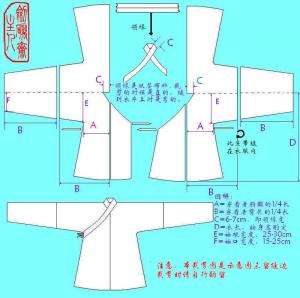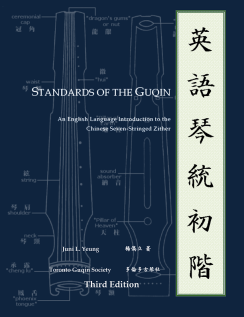
The embroidered Tieli is most famously known as the outfit of the "Dongchuang secret agents" of the Ming government. However, the design itself is worn by men of all trades.
The Yesa (read Yeh-sah, written 曳撒) is a distinctive Hanfu design which stood out particular as Ming-era fashion. As a Sinicized version of the Mongolian Jisun (banquet) robe, the function of this robe changed greatly as it changed hands to the Han. Rather than formal wear, yesa are worn by Imperial eunuchs, servants and street-running pages, as well as martial and military parade regalia. The large pleated skirt in front greatly enhances the hip and thigh profile, and with the robe sometimes worn short enough to expose the entire boot, it exemplifies the masculine prowess of the wearer.
The distinctive feature of the yesa is the construction of the outfit itself – while looking from the front it consists of a cross-collared top sewn together to a pleated skirt, the back is a straight long robe. The skirt is not sewn shut to the back piece, but rather use two large outward-extending “flaps” or “ears” to cover the side slits. While not as “protective” as a daopao’s flap design which ties to the insides of the back panel, it creates a unique side and back profile that allows unrestrained leg movement and access to the inner layer of clothing, making it convenient, for example, reaching to trouser pockets.
The Tieli (read [ti-eh]-lee, written 貼里) is a variant design of the yesa, but instead of its unique bottom design, it is a pleated skirt attached to the top and worn in a classic manner similar to any long robe or shenyi. Both the yesa and tieli serve similar functions and offer similar freedom of movement, and hence are loved by commoners and elite alike. Moreover, tieli are often seen as the outer clothing of young boys and servants of pre-adolescent age, making the unclumsy design suitable for all ages. More







Recent Comments